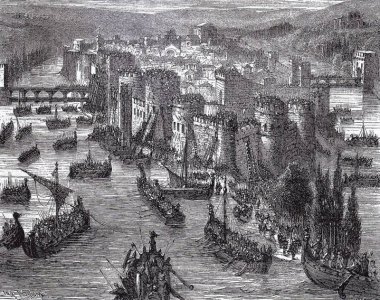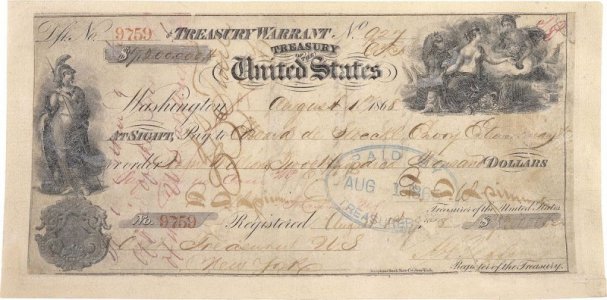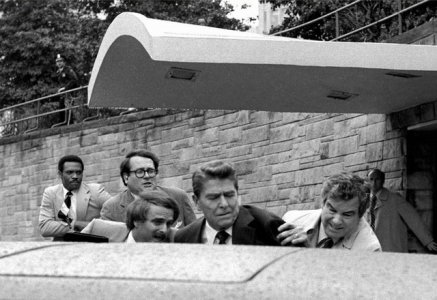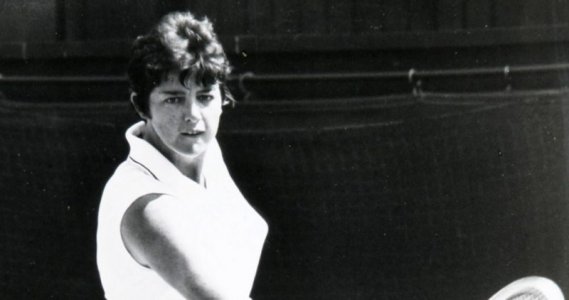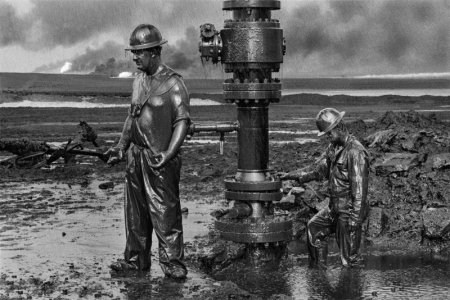mellowyellow
Well-known Member
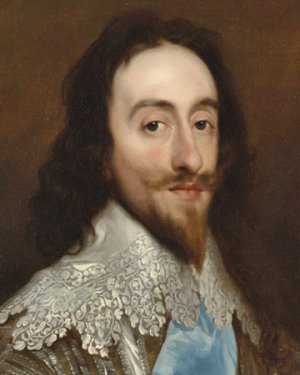
March 27 1625
Charles 1, King of England, Scotland and Ireland ascends the English throne
Why Famous: Lost the English Civil War, executed in Whitehall, London - but wore an extra shirt because he did not want shivers due to the cold to be misinterpreted as fear.
Born: 19 November, 1600
Birthplace/ Dunfermline, Fife, Scotland
Died: 30 January 1649 (aged 48)
Cause of Death: Decapitation










